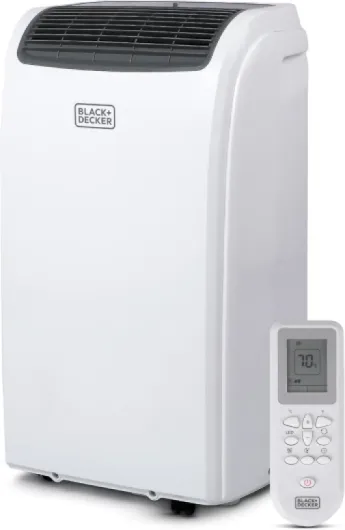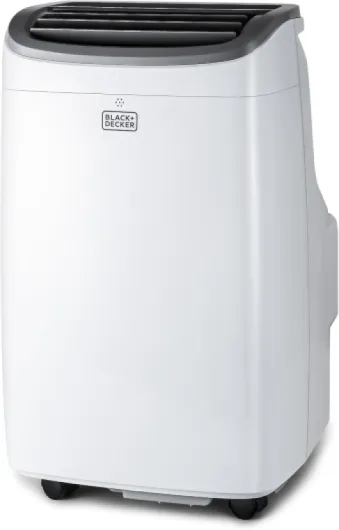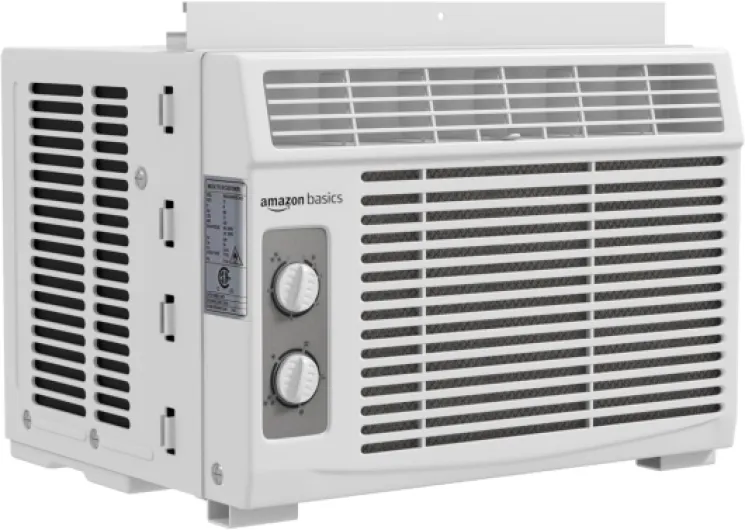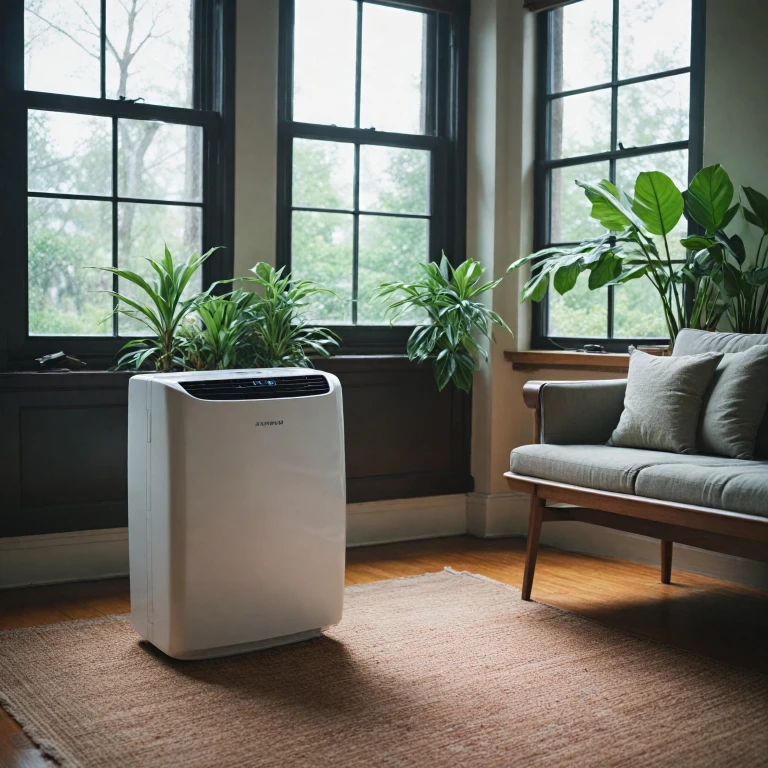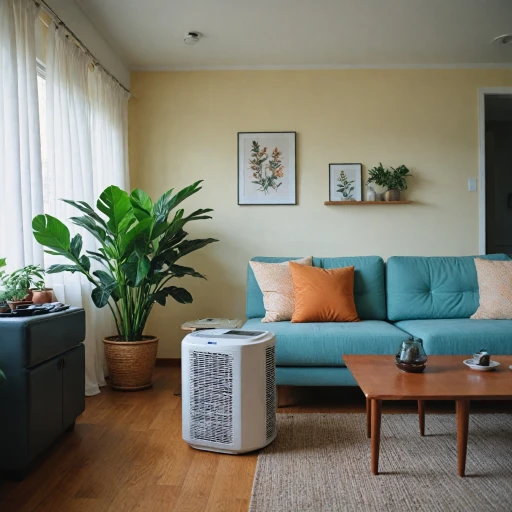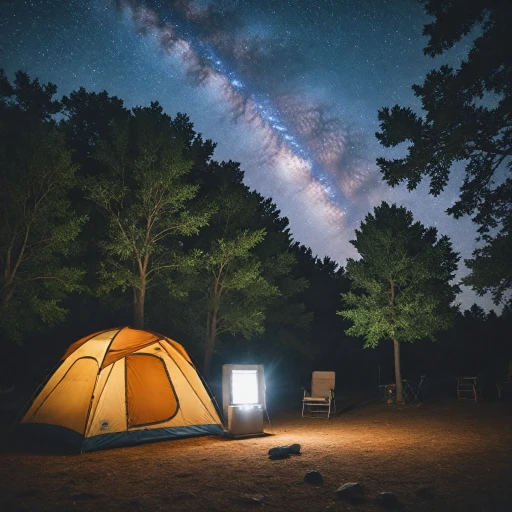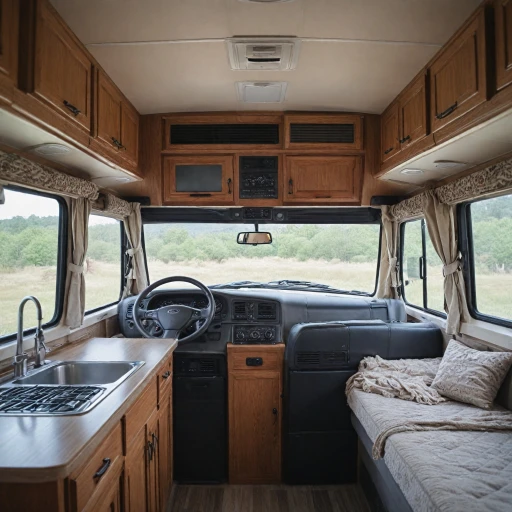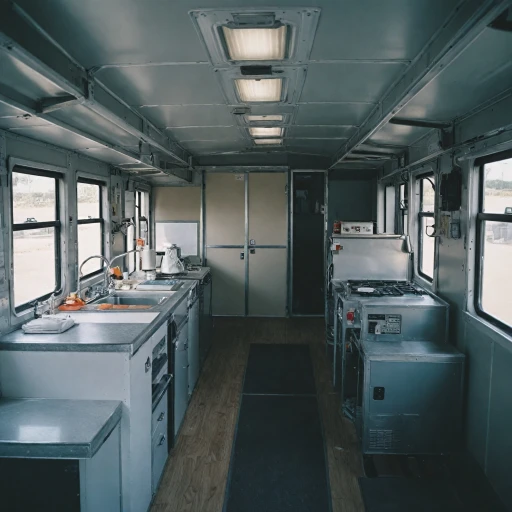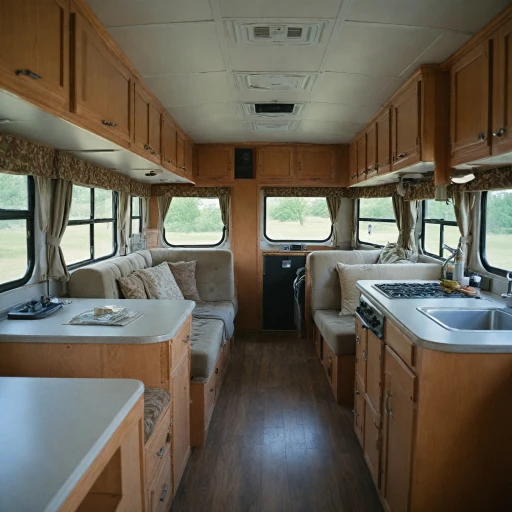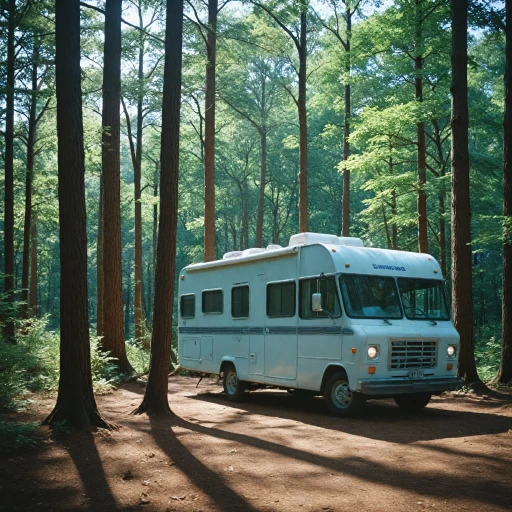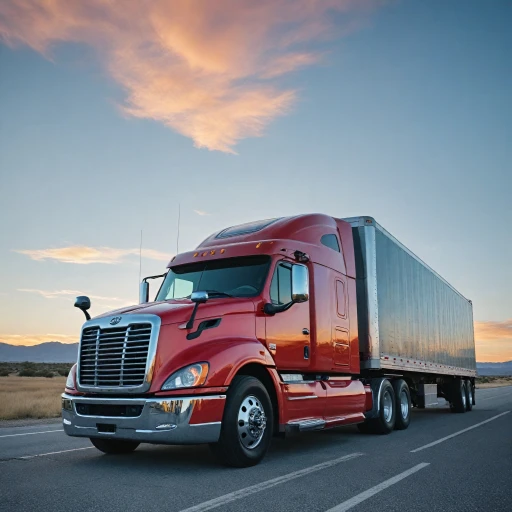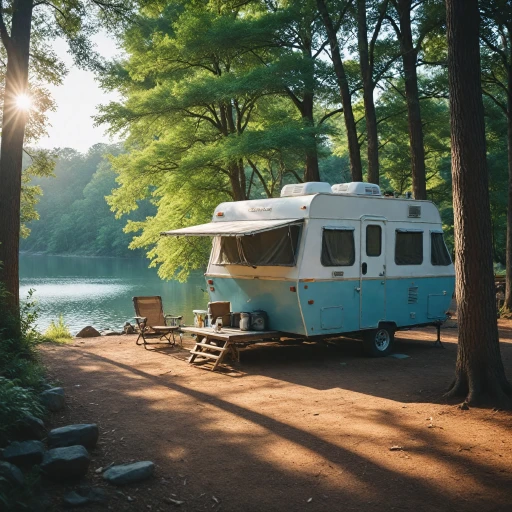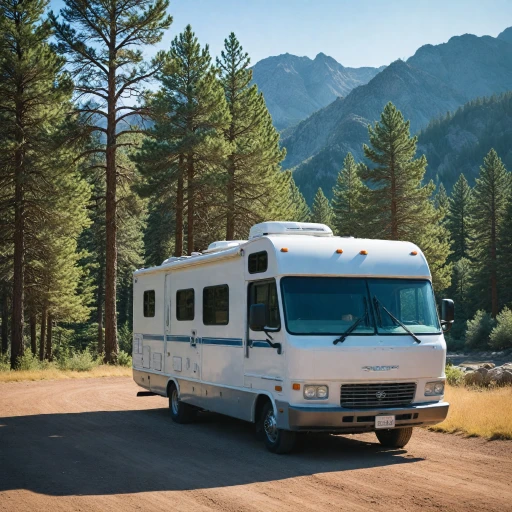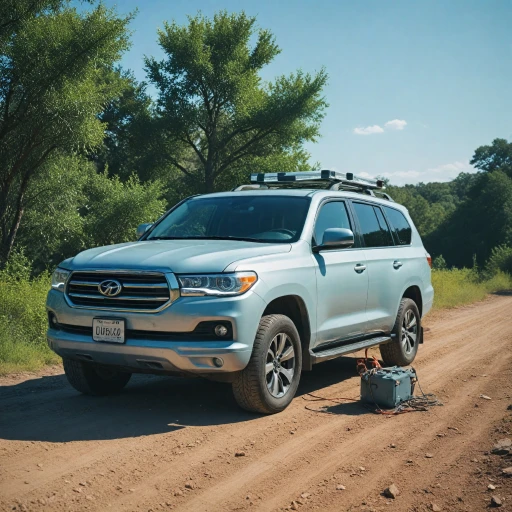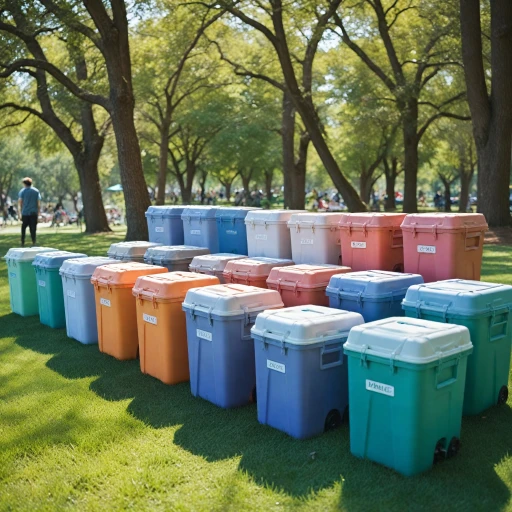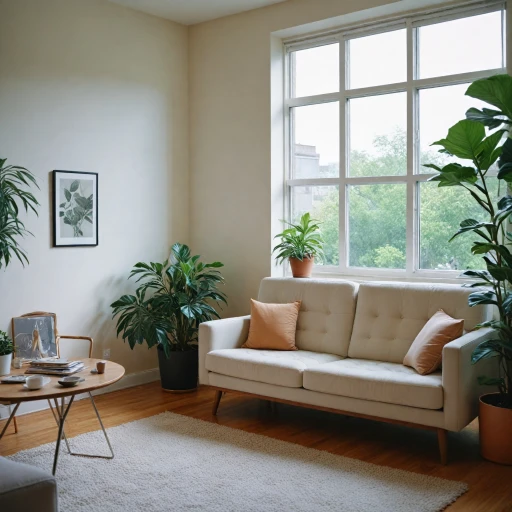
Understanding Portable Air Conditioner Coolers
Introduction to Portable Cooling Solutions
When it comes to beating the heat, a portable air conditioner cooler can be a game-changer for those without central air. These devices are known for their versatility and convenience, providing temporary cooling for rooms while being easy to move from place to place. Portable air conditioners can be particularly valuable in rental spaces, dormitories, or situations where installing a permanent fixture isn't feasible. Portable air conditioners operate by drawing in warm air from the room, cooling it through an internal system, and then circulating the cooler air back into the space. Most units also dehumidify as they cool, making the air feel even more comfortable. This combination of cooling and dehumidifying is beneficial in areas with high humidity levels.Variety of Options
With so many options on the market, it's helpful to understand what's available when choosing the right portable air cooler for your needs. Units vary by cooling capacity, measured in BTUs (British Thermal Units), which determines the size of the space they can effectively cool. A higher BTU rating generally means the unit can handle larger spaces. Most portable air conditioners come with a range of features, such as remote control for easy operation, programmable timers, and variable fan speeds. Some newer models are even WIFI enabled, allowing for adjustments through a smartphone app. Energy efficiency is another important consideration; looking for models with higher Energy Star ratings can help save on electricity bills. For those exploring their cooling options, it's worth reading expert reviews of portable air conditioners to find insights and comparisons of different models. These reviews often highlight the long-term performance, noise levels, and ease of use of individual units.Key Features to Consider
Features That Can Make a Difference in Efficiency and Usability
When diving into the world of portable air conditioners, having a clear idea of the features and specifications can assist in selecting the right model for your needs. These handy systems aren’t all created equal, and knowing what sets them apart can save you time and money.
BTU Rating and Cooling Power
The British Thermal Unit (BTU) rating is a crucial aspect indicating the cooling power of the unit. A higher BTU means more powerful cooling, suitable for larger spaces. For optimal performance, select a unit with a BTU rating that matches the room size it’s intended to cool. For instance, air conditioners for RVs might require different BTU levels compared to standard home applications.
Remote Controls and Smart Features
Convenience is key. Portable air conditioners equipped with remote controls or WiFi-enabled features allow for easy management of settings without having to approach the unit directly. Check for models offering these remote connectivity options, as a good remote control or WiFi compatibility can greatly enhance user satisfaction.
Energy Efficiency
Energy efficiency not only impacts the environment but also affects your electricity bills. Look for units with an Energy Star rating as these consume less energy to deliver the same cooling effect. Additionally, air conditioners with a dehumidifier function can enhance cooling efficiency while providing additional comfort by reducing room humidity levels.
Versatility and Mobility
Consider if the unit offers versatility beyond cooling. Some portable models include heating functions, allowing them to be used year-round. The portability factor should not be overlooked—how easily the unit can be moved from room to room adds to its practical use. Compact or mini options might be perfect if space is limited, such as in a split air or ductless mini setup.
Noise Levels
Finally, reviews often highlight noise levels, as it can be a significant factor in living spaces. Check the product specifications for decibel ratings to choose a quieter air conditioner. This ensures a comfortable environment, especially if the portable unit is intended for bedrooms or living areas.
Sizing Your Portable Air Conditioner Cooler
The Right Size: Ensuring Maximum Cooling Efficiency
Choosing the correct size for your portable air conditioner cooler is crucial to ensuring effective cooling and energy efficiency in your room. A unit that's too small won't cool effectively, while one that's too large can lead to unnecessary energy expenditure and higher bills. When considering the size of a portable air conditioner, the term 'BTU' (British Thermal Units) is a key factor. The BTU rating of a unit indicates its cooling capacity. Generally, the higher the BTU, the larger the space it can cool. Here's a rough guide to help you:- Up to 300 sq. ft.: 8,000 - 10,000 BTU
- 300-500 sq. ft.: 10,000 - 14,000 BTU
- 500-700 sq. ft.: 14,000 - 20,000 BTU
- 700 sq. ft. and above: Consider a mini split or a portable unit with over 20,000 BTU
Energy Efficiency and Cost Considerations
Enhancing Efficiency and Managing Costs
When investing in a portable air conditioner, understanding energy efficiency and the associated costs can play a significant role in your decision-making process. Here are some points to consider:
- Energy Star Rating: Look for portable air conditioners with an Energy Star label. This indicates that the unit meets energy efficiency guidelines set by the government, which can help you save on electricity bills.
- BTU Rating: The British Thermal Unit (BTU) measures the cooling capacity of air conditioners. While a higher BTU rating means the unit can cool a larger space, it often consumes more energy. Opt for a BTU rating that matches your room size to maximize efficiency.
- Cooling and Dehumidifying Features: Some portable units offer additional features such as a dehumidifier function. This not only cools the air but also reduces humidity, which can contribute to a more comfortable environment and potentially lower energy costs.
- Remote Control and Smart Features: Modern portable air conditioners often come with a remote control or are wifi enabled, allowing for convenient access and control of the unit’s functions. These features can be useful for regulating energy usage and ensuring the cooler is only active when needed.
- Cost Analysis: Evaluate the price of the unit against its energy performance and user reviews. Sometimes, spending a bit more upfront on a high-performing, energy-efficient model can lead to long-term savings.
For those in search of a more permanent solution with potentially higher efficiency, exploring ductless mini split systems or ashrae portable air conditioners might be worthwhile. These options, although an initial investment, can offer significant returns over time.
Maintenance and Care Tips
Essential Care Guidelines for Optimal Performance
Maintaining your portable air conditioner cooler is integral to ensuring it continues to operate effectively and efficiently. Regular maintenance not only extends the life of your portable unit but also guarantees it performs to its full potential, providing consistent cooling comfort.- Filter Cleaning: To maintain performance, routinely cleaning the air filter is vital. A clogged filter can compromise airflow, reducing cooling efficiency. Depending on usage, check and clean the filter every two weeks.
- Portable Unit Vents and Exhaust: Ensure that the unit’s exhaust hose is not obstructed to facilitate proper air circulation. Keep these components clean and free from dust and debris to enhance cooling efficiency.
- Dehumidifier Function: If your appliance features an integrated dehumidifier, regular examination and emptying of the water collection tank are necessary. This prevents overflow and maintains effective dehumidification.
- Condenser Coils: Typically, the condenser coils require cleaning once annually. Dusty coils are less effective at cooling and may lead to increased energy consumption.
- Remote Control and WiFi Features: To optimize convenience, ensure that the remote control and any WiFi-enabled features are functional and that batteries or network connections are functioning properly.
- Periodic Inspections: Engaging in periodic inspections can identify potential issues before they evolve into significant problems. This includes checking sealers and connectors for wear or damage, especially in ductless and mini split models.
- Professional Servicing: Consider professional servicing if you perceive any anomalies in performance or cooling ability. Regular reviews of your appliance by experts can prevent unwelcome surprises during peak demand.
Common Challenges and Solutions
Overcoming Common Issues with Portable Air Conditioners
Portable air conditioners, while convenient, can present certain challenges that might hinder efficiency and comfort. Understanding these issues can help ensure optimal performance. Here are some common challenges and their solutions:- Inadequate Cooling: If the portable air conditioner isn’t effectively cooling the room, check the BTU ratings. A unit with too low a BTU rating for the room size may struggle to cool effectively. Consider reviewing the size guidelines to ensure you have the appropriately sized unit.
- High Energy Consumption: One of the critical factors in portable air conditioner efficiency is the Energy Star rating. Selecting a unit with a high rating can provide significant energy savings. Regular maintenance, such as cleaning the filters and ensuring proper airflow, is vital for maximum energy efficiency and cost savings.
- Condensation and Leaks: Many portable conditioners work as dehumidifiers. However, improper drainage can lead to leaks. Ensuring that the unit's drainage system, whether manual or via a hose, functions correctly can prevent unwanted water accumulation.
- Difficulty with Installation and Mobility: While labeled as portable, some units can be cumbersome. Look for models with easy-to-attach hoses, casters for mobility, or those that are lightweight and compact, akin to mini and ductless mini split air conditioners that allow for flexibility and ease of movement.
- Noise Levels: The noise generated by portable air conditioners can be a concern for some users. When choosing a unit, pay attention to reviews concerning noise output. A unit with a high BTU ashrae rating shouldn’t have to work as hard, reducing unnecessary noise.
- Remote Control and Automated Features: Many modern portable air conditioners come equipped with smart features like wifi-enabled remote control capabilities. However, connectivity issues can arise. Ensure that your device is compatible with the air cooler’s smart features and that it is properly configured for internet access and remote operation.
